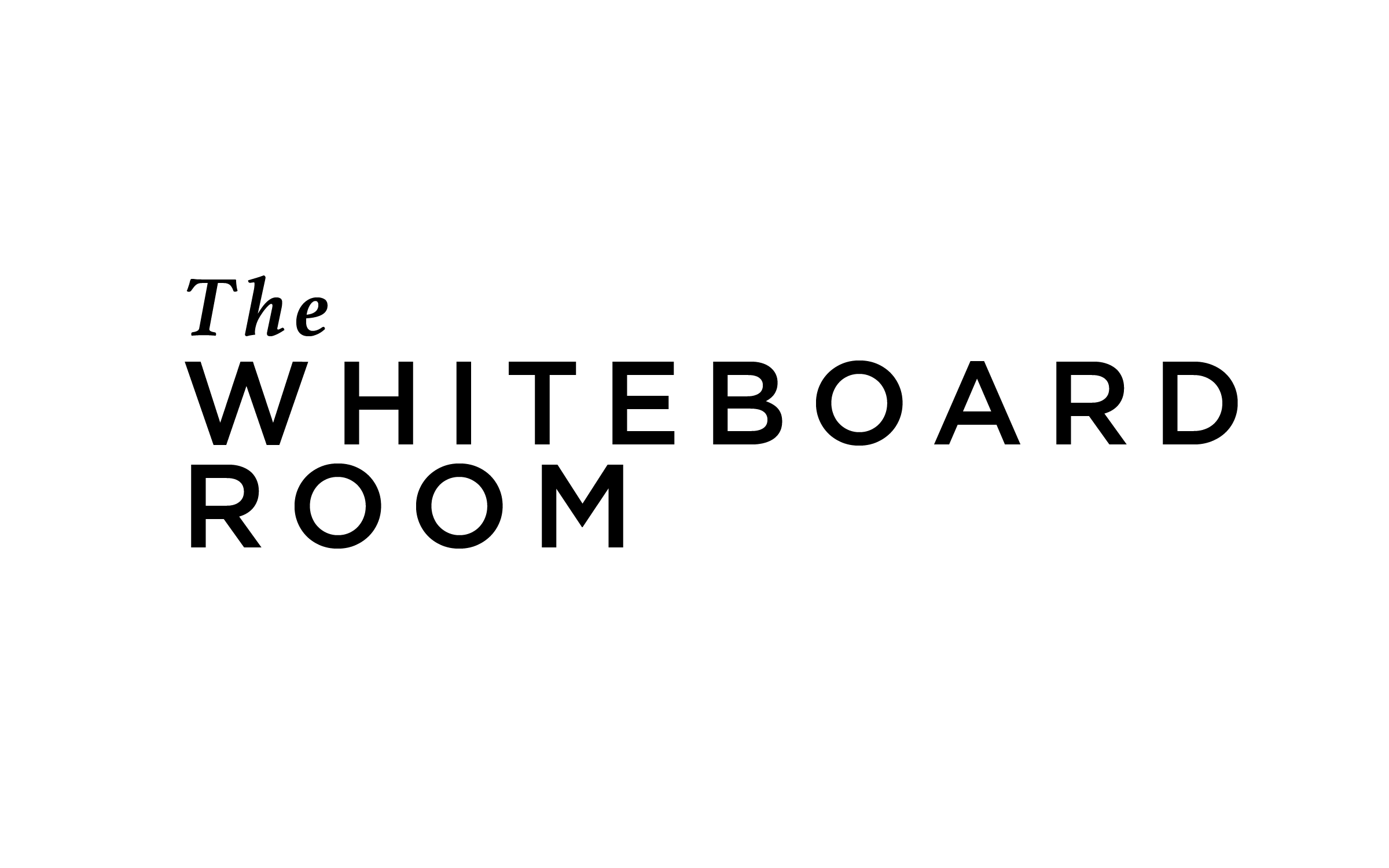How to Foster Sustainability and Avoid Burnout
At The Whiteboard Room, we use a coaching method called The Whiteboard Method that focuses on coaching holistically. We want to get a clear picture of who a person is and how they tick to leverage the power of goal setting and accountability in their lives. It is an honor to help people build the businesses and brands they’ve always wanted.
And as we work with client after client, we’ve found that they all want the same thing. Something sustainable. Something that they can maintain healthily for the long haul. We are all wondering how to juggle all the things and not end up completely burnt out, aren’t we?
And as much as we wish it were true, there usually aren’t seven steps to seven figures, or three things to do to find happiness, or whatever the latest clickbait is trying to sell us.
Your dream, your art, your calling, your business, your life - it is not a blip on the radar to just get you a fat check. It matters. You matter.
And for something that matters that much, it isn’t about tips and tricks, it's about understanding ourselves, understanding the challenges we face, and responding proactively to create healthy and sustainable businesses.
First, let’s dig into burnout and why it happens. We have all had those seasons when we don’t deal with things in the present, bottle our emotions, and dismiss how we are feeling. We think we need to power through with an, “I’ll deal with it tomorrow” or “I’ll rest when I’m dead” attitude. But what they say is true; “tomorrow never comes.” Or at least it doesn’t come when you want it to, but what needs to get out will always find its way out. If we continue to push the things we really need to deal with to the side, our emotions and stress will manifest itself in ways we cannot predict. Your body might send you stress signals. Headaches, tension, muscle twitches can all be a sign of stress. Panic attacks, lack of motivation, or emotional outbursts can be indications that you’ve dismissed your feelings for too long.
By definition, burnout is physical or mental collapse caused by overwork or stress. We have apparently gotten so bad at not having a healthy work/life rhythms that the World Health Organization had to classify this epidemic level problem, and wrote an article about the issue.
“Burn-out is classified as an ‘occupational phenomenon’ and is a syndrome conceptualized as resulting from chronic workplace stress that has not been successfully managed. It is characterized by three dimensions:
1) feelings of energy depletion or exhaustion;
2) increased mental distance from one’s job, or feelings of negativism or cynicism related to one's job; and
3) reduced professional efficacy.
Burn-out refers specifically to phenomena in the occupational context and should not be applied to describe experiences in other areas of life.”
It will help us make lasting choices to set boundaries and create rhythms if we understand the gravity of this problem. Here are some statistics about burnout.
Companies that promote work/life balance record 2x more productivity than those that do not.
48% of Americans consider themselves workaholics.
66% of full time employees do not believe they have good work life balance.
Employees who work more than 55 hours a week are at higher risk for coronary heart disease and stroke.
Employees who work more than 55 hrs a week are 1.66x higher risk of depression and 1.74x higher risk of anxiety.
52% of people who are working from home aren’t planning to take any time off to decompress. Remote workers spend an additional three hours on their computers, when compared with in-office employees.
51% of employees are experiencing burnout symptoms while working from home. 67% of people working remotely feel pressure to be available at all hours of the day.
According to the same article, some of the root causes of decreased work/life balance are:
No physical separation between work and home life.
Lack of clear boundaries.
Pressure to be constantly connected.
Lack of transparency and visibility.
While burnout can look different for each of us and be caused by different things, it is clearly affecting a lot of us. As leaders, we can all relate to feeling like we have to push aside our needs and feelings for the sake of others or the job. What we don’t always recognize is that not paying attention to or making space for those things doesn’t only hurt us, it hurts the people around us.
We push hard to the point that we have nothing left and the stress releases itself somehow.
It’s a pay now or pay later situation. And the cost of paying later is always higher.
You have to decide if that is worth it, because if you don’t choose to rest now in a sustainable way, your body will eventually choose it for you.
If we make the choice to pay now, and do the work to create sustainability in the midst of all the things--work, life, family, friends, health, in moments when it seems impossible--how do we actually do it? How do we find sustainability? Sustainability by definition is the ability to be maintained at a certain rate or level. The key word being MAINTAINED. Whatever solutions we offer and whatever rhythms you choose to create in your life can’t be a quick fix, it has to be able to be maintained over time.
Practically, we must develop long-term rhythms that work for us to combat the causes of burnout and foster sustainability in our lives.
1. We need physical separation between work and home life. If it is possible to work outside the home, that is great! You can find a favorite coffee shop and become a regular or pay for a co-working space. If not, finding a designated space for work at home helps our brains by creating a trigger. In his book The Power of Habit, Charles Dungg talks about how we can develop healthy habits by creating triggers that help our brains turn an active choice into an automatic reaction. For example, if you put a glass of water by your bed every night and first thing in the morning drink that glass of water, you will eventually not have to think about it. Your body will probably start waking up thirsty expecting to drink. The routine of sitting down in the same place, ideally at the same time, over time will help your brian get into that work mindset.
2. We need clear boundaries. When will you not work? What will you not give up or miss out on for work? What are the hours that you will communicate, and what platforms will you use to communicate with clients or teams? If we don’t set clear boundaries up front, we will always be tempted to blur the lines.
3. We need to turn screens off. There is a pressure in today's culture to be constantly connected. It is hard, if not impossible, to be fully present when access to the entire world is at our fingertips. Every phone ping or buzz triggers our mind to want to respond or quickly check our notifications. This distracts us from the people and tasks in front of us. And if there is a project or task that needs our focus, not having that distraction to pull our minds away, even if only for a second, helps us get things done more efficiently.
4. We need accountability. We need other people who know what we are working towards and with whom we can pace ourselves. And we have to STOP pacing ourselves with every 2x2 square online. That kind of comparison will kill us, and it’s not even an accurate measuring stick. Autonomy is nice, until it isolates you to the point that it makes you question if what you are doing matters. It does matter, and we all need other people in our lives who can remind us of that and hold us accountable to our goals and priorities.
If you take the time to think through these things, you will be taking giant leaps toward sustainability.
Do you want to talk more with a coach at The Whiteboard Room about how to create sustainable work/life rhythms? Click here! We would be honored to stand in your corner.



